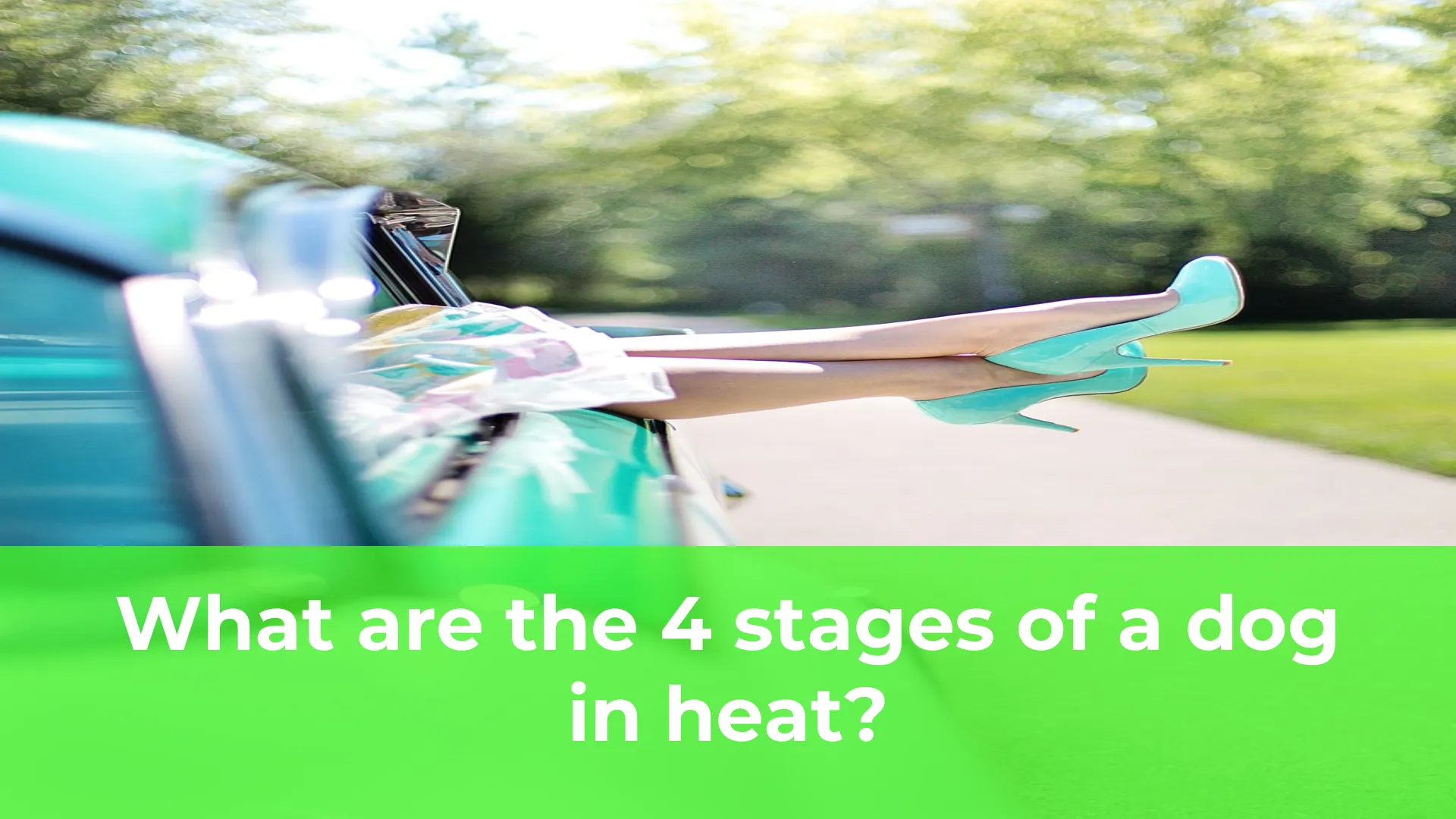What are the 4 stages of a dog in heat?
Dogs go through four distinct stages when they are in heat, also known as estrus. Understanding these stages can help dog owners navigate this natural process and provide the necessary care for their pets. The first stage, known as proestrus, marks the beginning of the heat cycle. During this time, female dogs may experience swelling of the vulva and attract male dogs, but they are not yet ready to mate. The second stage, estrus, is when the female dog is fertile and receptive to mating. It is crucial for dog owners to be cautious during this stage to prevent unwanted pregnancies.
The third stage is known as diestrus, which follows the fertile period. During this stage, the female dog may no longer be receptive to mating, and her reproductive system begins to return to normal. Finally, the fourth stage is anestrus, the resting phase between heat cycles. Female dogs are not fertile during anestrus, and their reproductive system is in a period of rest and recovery. Understanding these stages of a dog’s heat cycle is essential for dog owners to provide appropriate care and prevent any potential complications associated with reproduction.
The Estrus Cycle: Understanding a Dog’s Heat
Dogs go through a reproductive cycle known as the estrus cycle, commonly referred to as “heat.” Understanding the different phases of this cycle is essential for dog owners and breeders alike. During heat, female dogs experience hormonal changes that prepare their bodies for potential pregnancy. It is crucial for owners to educate themselves about the signs, duration, and behavior changes that occur during this period, in order to provide the necessary care and prevent unwanted pregnancies.
The estrus cycle typically lasts around three weeks and can vary depending on the individual dog. The cycle consists of four distinct phases: proestrus, estrus, diestrus, and anestrus. During proestrus, which is the first phase, the female dog may experience vaginal bleeding and swelling, but she is not yet ready to mate. As she enters estrus, the second phase, her bleeding may become lighter, and she becomes fertile, attracting male dogs for mating. Diestrus follows, during which the female is no longer receptive to mating and her reproductive system prepares for pregnancy. Finally, anestrus is a period of sexual inactivity, where the dog’s body rests before the cycle begins again. Understanding these phases of the estrus cycle is essential for dog owners to ensure their pet’s well-being and to make informed decisions regarding breeding.
Stage 1: Proestrus – The Beginning of the Heat Cycle
Stage 1: Proestrus – The Beginning of the Heat Cycle
Understanding the different stages of the heat cycle in female dogs is crucial for pet owners and breeders alike. The first stage, known as proestrus, marks the beginning of this reproductive cycle. During proestrus, which typically lasts for about 9 to 10 days, female dogs experience changes in their behavior and physical appearance. One of the key signs of proestrus is the presence of vaginal bleeding, often accompanied by swelling of the vulva. Additionally, female dogs in this stage may display increased urination and frequent licking of the genital area.
Stage 2: Estrus – The Peak of a Dog’s Fertility
During stage 2 of a dog’s fertility cycle, known as estrus, her body experiences significant changes as it prepares for potential reproduction. This stage, also known as the heat cycle, is the peak of a dog’s fertility and typically lasts around 9 to 14 days. It is during this time that female dogs become receptive to mating and may exhibit specific behaviors and physical signs indicating their readiness.
One of the most noticeable changes during estrus is the appearance of vaginal discharge, which is often bloody or straw-colored. This discharge helps to create a receptive environment for sperm and is a clear indication that the dog is in the peak of her fertility. Additionally, female dogs in estrus may display heightened affection, restlessness, and an increased interest in male dogs. This behavior is due to hormonal changes that occur during this stage, making the dog more receptive to potential mates.
It is crucial for dog owners to be aware of their pet’s fertility cycle, especially during the estrus stage. During this time, it is essential to take necessary precautions to prevent unwanted pregnancies, such as keeping the dog indoors or away from intact males. Additionally, if breeding is desired, it is crucial to carefully select a suitable mate and to monitor the female dog’s behavior and physical signs to ensure successful mating. Understanding and managing the estrus stage is essential for responsible dog ownership.
Stage 3: Diestrus – The Period After the Dog’s Fertility Ends
Stage 3: Diestrus – The Period After the Dog’s Fertility Ends
After the excitement and activity of the estrus stage, dogs enter into diestrus, the period after their fertility ends. Diestrus marks the beginning of a new phase in the reproductive cycle where the dog’s body prepares for pregnancy or returns to its normal state if fertilization did not occur. During this stage, which typically lasts for about two months, hormone levels decrease and the dog’s behavior and physical changes become more subdued.
During diestrus, female dogs may experience a decrease in sexual behavior and may no longer be receptive to male dogs. This is because their hormone levels, specifically progesterone, start to decline. Physical changes, such as swollen vulva and discharge, also begin to subside as the dog’s body reverts to its non-fertile state. It is important for dog owners to be aware of these changes and understand that diestrus is a natural part of the reproductive cycle.




